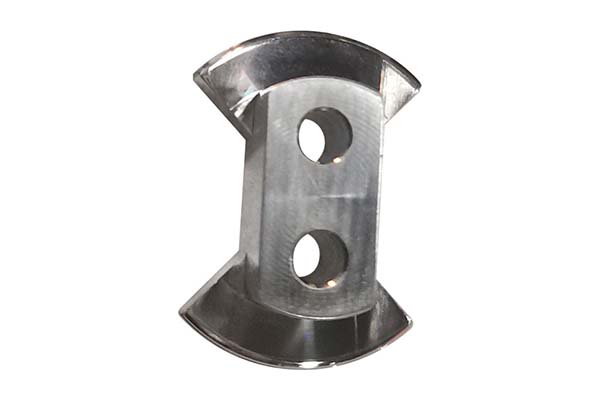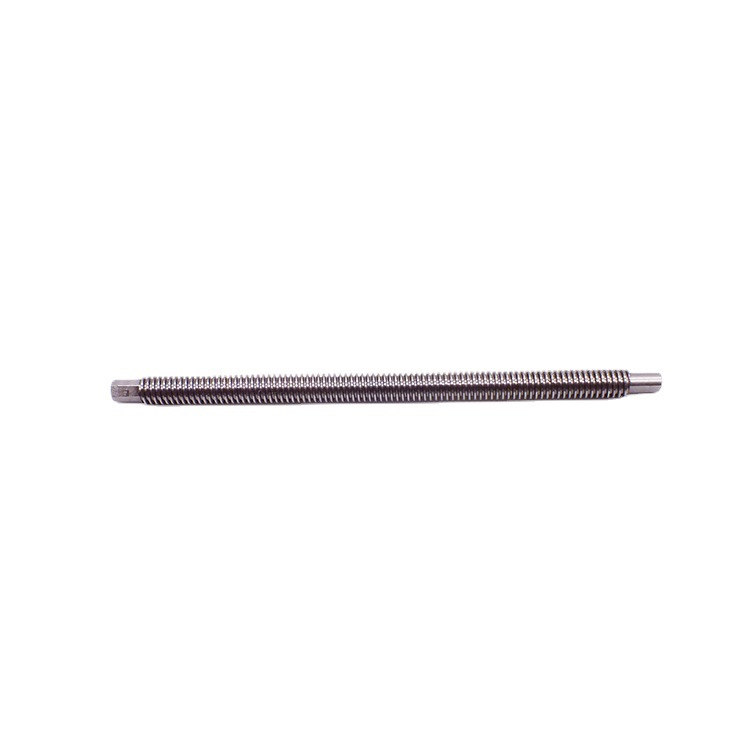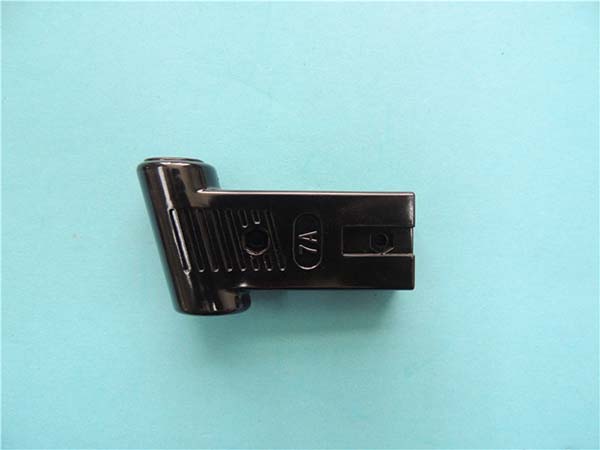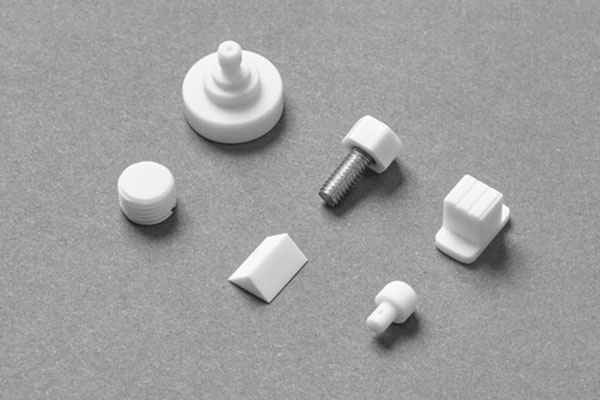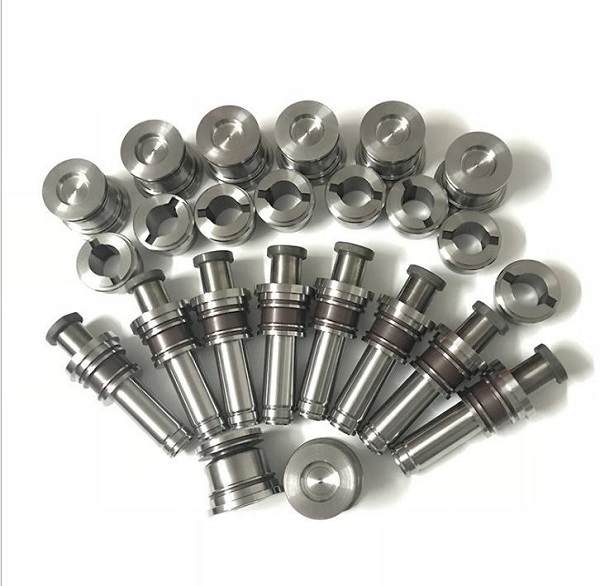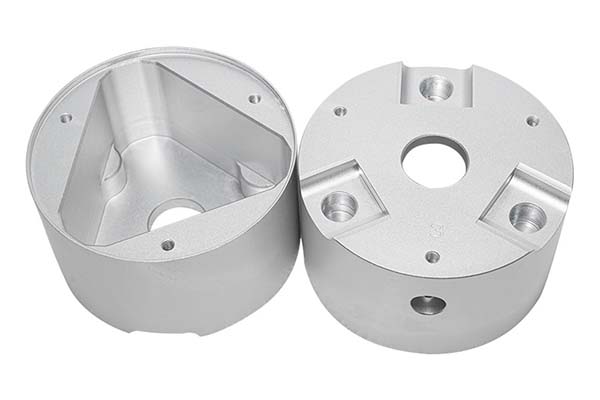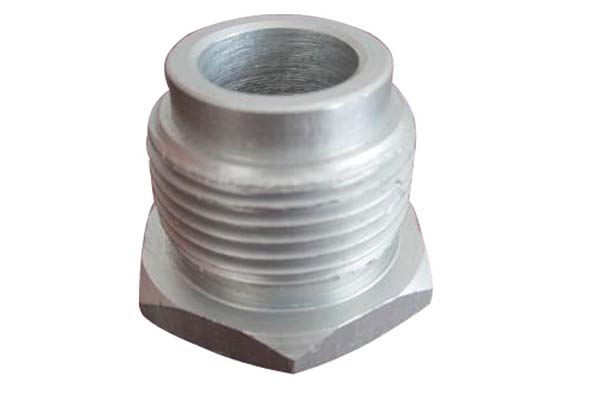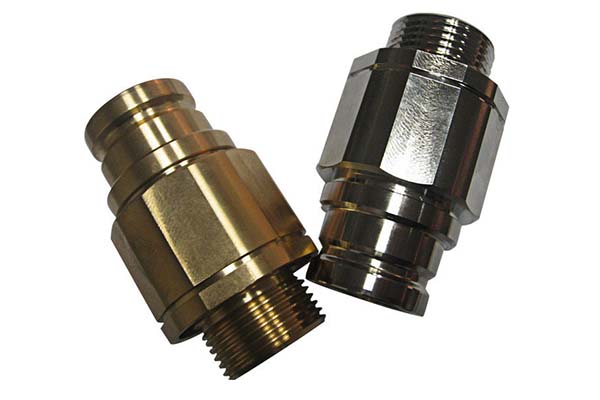Yigu: When it comes to milling operations, the right milling machine fixtures can make or break the process. Many users struggle with workpiece movement during milling, leading to poor accuracy and surface finish. Choosing between different fixture types often feels overwhelming, and designing custom fixtures that balance stability and cost is a common challenge. In this guide, we’ll address these issues and provide a detailed look at everything you need to know about milling machine fixtures.
Types of Milling Machine Fixtures: Finding the Right Fit
Common Fixture Types
Vise is the most widely used milling fixture. A good quality machine vise can hold workpieces with a clamping force of 5,000 - 15,000 N, ensuring stability during light to medium milling operations. It’s versatile and suitable for clamping small to medium - sized rectangular or square workpieces. For example, a 6 - inch bench vise is perfect for milling small aluminum blocks or steel plates.
Chucking fixtures use jaws to grip the workpiece, similar to a lathe chuck. They are ideal for circular or irregularly shaped workpieces. A 3 - jaw chuck provides concentric clamping, while a 4 - jaw chuck allows for eccentric clamping of irregular shapes. Clamping Devices such as C - clamps, strap clamps, and toggle clamps are used to secure workpieces to the milling table or other fixtures. Toggle clamps, with their quick - release mechanism, can reduce setup time by 20 - 30% compared to manual clamps.
Specialized and Modular Fixtures
Jigs are fixtures that guide the cutting tool, ensuring precise location of holes or slots. They are commonly used in batch production, where multiple identical parts need to be machined with consistent accuracy. For instance, a jig for drilling holes in a flange can ensure that each hole is within ±0.02 mm of its intended position.
Modular Fixtures consist of standardized components that can be assembled in various combinations to suit different workpieces. They are cost - effective for small - batch production, as they eliminate the need for custom fixtures. A modular fixture system can be reconfigured in 15 - 30 minutes, making it ideal for prototyping or job shops with frequent part changes.
Pallet Fixtures are used in CNC milling machines with pallet changers. They allow for offline setup of workpieces, reducing machine downtime. A pallet fixture system can increase machine utilization by 30 - 50%, as the machine can be cutting one part while another is being set up on a separate pallet. Universal Fixtures are designed to accommodate a wide range of workpiece sizes and shapes, making them a good choice for general - purpose milling operations.
Components of Milling Machine Fixtures: Building Blocks of Stability
Base and Supporting Elements
The base plate is the foundation of the fixture, providing a rigid platform for mounting other components. It’s usually made of cast iron or steel, with a flatness tolerance of ±0.05 mm/m to ensure accurate workpiece positioning. Supporting Elements such as angle plates, V - blocks, and parallels are used to elevate and position the workpiece at the desired height and angle. V - blocks, for example, are perfect for supporting cylindrical workpieces, ensuring they are centered and level.
Locating and Clamping Components
Locating Pins are critical for ensuring precise workpiece positioning. Diamond - tipped locating pins can achieve a positioning accuracy of ±0.005 mm, making them suitable for high - precision milling. Guide Bushings are used in jigs to guide the cutting tool, reducing deflection and improving accuracy. They have an internal diameter tolerance of H7, ensuring a close fit with the tool.
Stop Blocks limit the movement of the workpiece, providing a reference point for positioning. They can be adjustable or fixed, depending on the application. Screws and Bolts are used to secure the fixture components together and to the milling machine table. High - tensile bolts (grade 8.8 or higher) are recommended to withstand the clamping forces and vibrations during milling.
Applications of Milling Machine Fixtures: Where They Shine
Industrial Applications
In the aerospace industry, precision is paramount, and specialized fixtures are used to mill complex components from titanium and aluminum alloys. For example, a fixture for milling a wing spar must hold the workpiece with minimal distortion, ensuring that the final part meets tolerances of ±0.01 mm.
The automotive manufacturing sector relies on fixtures for high - volume production. A fixture for milling engine blocks can hold the block securely while multiple operations (face milling, drilling, boring) are performed, ensuring consistent quality across thousands of parts. Tool and Die Making uses custom fixtures to mill molds and dies with intricate shapes, where even small deviations can ruin the final product.
Other Applications
In Electrical Discharge Machining (EDM), fixtures are used to hold the workpiece during the EDM process, which often follows milling. They ensure that the workpiece remains in the same position, maintaining the accuracy of the machined features. Precision Engineering workshops use high - accuracy fixtures for milling components such as gears, bearings, and measuring instruments, where tolerances as tight as ±0.001 mm are required.
Mold Making and Batch Production both benefit from fixtures. A fixture for mold making can reduce the time to mill a mold cavity by 30 - 40% compared to manual positioning, and in batch production, fixtures ensure that each part is identical, reducing inspection time and rework.
Design Considerations for Milling Machine Fixtures: Balancing Function and Cost
Workpiece Stability and Clamping Force
Workpiece Stability is the top priority in fixture design. The fixture must prevent any movement of the workpiece during milling, which can cause chatter, poor surface finish, or even tool breakage. To achieve this, the fixture should have a large contact area with the workpiece and distribute the clamping force evenly. For a 100mm x 100mm steel workpiece being milled with a 10mm end mill at 100 m/min, a clamping force of at least 10,000 N is recommended.
Clamping Force should be sufficient to hold the workpiece but not so high that it causes deformation. For example, clamping a thin aluminum sheet with excessive force can lead to warping, making the final part out of tolerance. Using multiple clamping points can help distribute the force, reducing the risk of deformation.
Material Selection and Precision
The fixture material should be chosen based on the application. Cast iron is commonly used for fixtures due to its good damping properties, which reduce vibrations during milling. It has a compressive strength of 300 - 500 MPa, making it durable for heavy - duty use. Steel fixtures are stronger (tensile strength of 600 - 1000 MPa) and more wear - resistant, suitable for high - volume production where the fixture is used frequently.
Precision and Accuracy of the fixture itself are crucial. The locating surfaces should have a flatness tolerance of ±0.01 mm/m and a surface roughness of Ra 1.6 μm or better. This ensures that the workpiece is positioned accurately relative to the cutting tool. Interchangeability is important for modular fixtures, where components from different sets should fit together without modification.
Ergonomics and Cost - Effectiveness
Ergonomics in fixture design makes it easier for operators to load and unload workpieces, reducing fatigue and improving productivity. Fixtures should be designed with handles or grips where necessary, and clamping mechanisms should be easy to operate. For example, a fixture with a foot - operated clamp allows the operator to use both hands to position the workpiece, reducing setup time.
Cost - Effectiveness is a key consideration. Custom fixtures can be expensive, with complex designs costing thousands of dollars. However, in high - volume production, the savings in setup time and improved accuracy often justify the investment. For small - batch production, modular fixtures are a more cost - effective option, as they can be reused for different workpieces.
Advantages and Disadvantages of Milling Machine Fixtures: Weighing the Pros and Cons
Advantages
Increased Efficiency is a major advantage. Fixtures reduce setup time by 30 - 60%, as workpieces can be positioned quickly and accurately. For example, a fixture for a batch of 100 parts can save 2 - 3 hours of setup time compared to manual positioning.
Improved Accuracy ensures that parts are within tolerance, reducing scrap rates. A well - designed fixture can maintain a positional accuracy of ±0.02 mm or better, which is difficult to achieve with manual positioning. Reduced Setup Time also means that the milling machine is productive for more time, increasing overall output.
Enhanced Safety is another benefit. Fixtures secure the workpiece, reducing the risk of it coming loose during milling and causing injury to the operator or damage to the machine. Higher Production Rates are possible with fixtures, as they allow for faster cycle times and consistent quality.
Disadvantages
Potential Complexity of some fixtures can make them difficult to use and maintain. Custom jigs with multiple components may require specialized training for operators, increasing labor costs. Initial Investment Costs can be high, especially for custom fixtures or modular systems. A high - precision custom fixture for aerospace parts can cost \(5,000 - \)20,000, which may be prohibitive for small businesses.
Maintenance Requirements for fixtures include regular cleaning, lubrication of moving parts, and inspection for wear. Worn locating pins or guide bushings can reduce accuracy, so they need to be replaced periodically. For example, guide bushings may need to be replaced after 5,000 - 10,000 cycles, adding to maintenance costs.
Yigu Technology, as a plastic metal parts custom manufacturing Supplier, understands the importance of reliable milling machine fixtures in producing high - quality parts. We use a combination of standard and custom fixtures to ensure that our milling operations are accurate and efficient. Our expertise in fixture design allows us to balance stability, cost, and ergonomics, meeting the diverse needs of our customers in industries such as automotive and electronics.
FAQ
- When should I use a modular fixture instead of a custom fixture?
- Use a modular fixture for small - batch production, prototyping, or when you frequently change part designs. They are cost - effective and can be reconfigured quickly. Custom fixtures are better for high - volume production of identical parts, where the initial investment is offset by savings in setup time and improved accuracy.
- How much clamping force is needed for milling steel vs. aluminum?
- For steel, a clamping force of 10,000 - 20,000 N is typically needed for medium - duty milling, while for aluminum, 5,000 - 10,000 N is sufficient. The exact force depends on the workpiece size, material thickness, and cutting parameters. Thicker and harder materials require higher clamping forces to prevent movement.
- What are the signs that a milling fixture needs maintenance?
- Signs include increased workpiece movement during milling, poor surface finish or accuracy, difficulty in clamping or releasing the workpiece, and visible wear on locating pins, guide bushings, or clamping surfaces. If you notice any of these, inspect the fixture, clean it thoroughly, and replace worn components as needed.
